Table of Contents
Toggle3 Days in Dubrovnik Itinerary
Introduction
Embarking on a journey through the enigmatic realm of dark tourism, we uncover the allure and controversy surrounding this fascinating aspect of travel. “What is Dark Tourism? A Walk on the Dark Side” isn’t just a mere exploration; it’s a deep dive into understanding how and why certain sites of tragedy, disaster, and historical significance draw travellers from around the globe. This comprehensive article promises an insightful exploration of dark tourism, balancing the sombre with the reflective.
Be sure to take a look at our other guides to Dark Tourism , such as Chernobyl Travel Guide and Haunted Spots in Belgium. Enjoy!
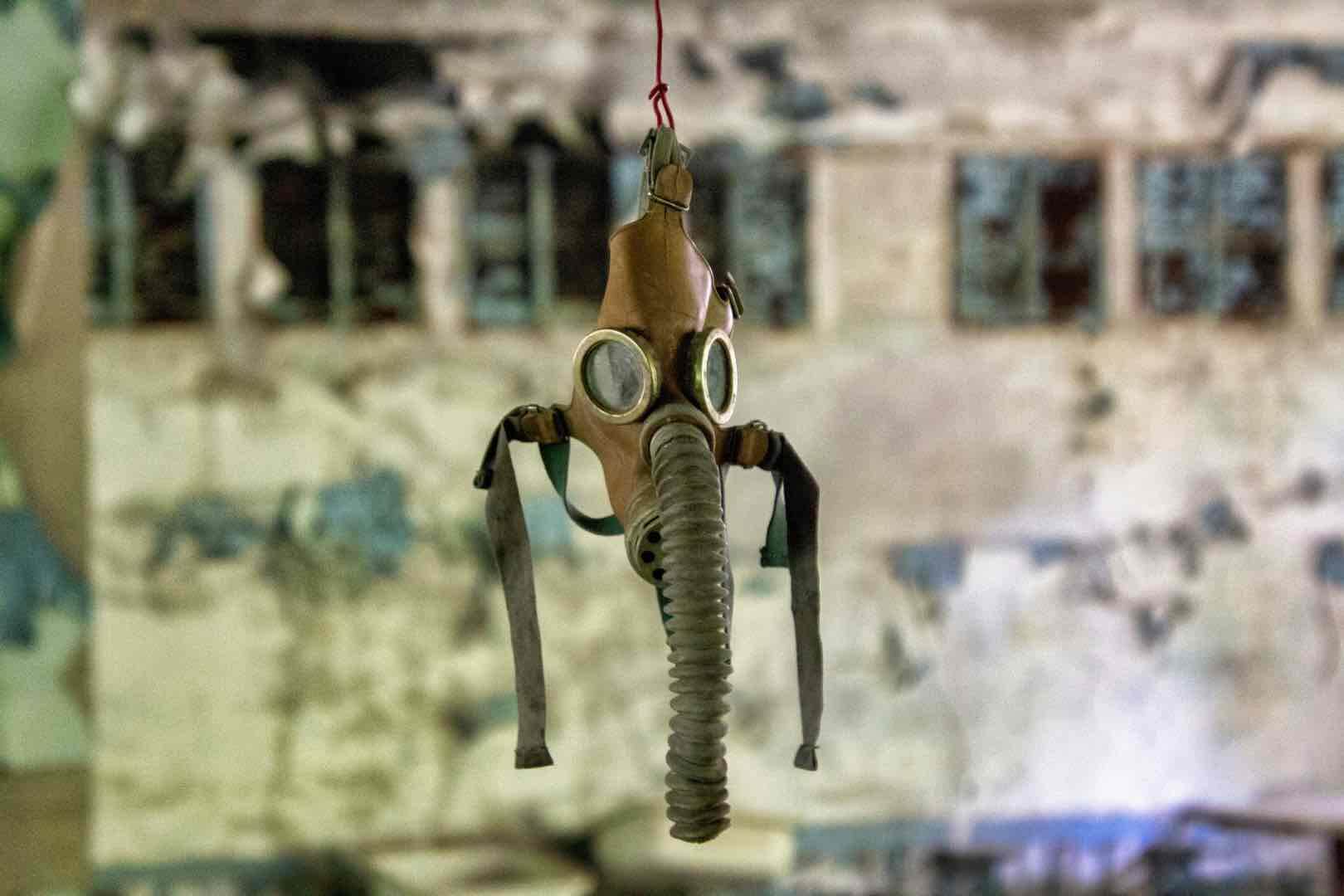
Key Takeaways
Definition and Scope of Dark Tourism: Dark tourism involves visiting locations associated with death, tragedy, or disaster. It’s not merely about curiosity in the macabre but is an exploration of history, understanding human nature, and acknowledging significant events that have shaped societies.
Spectrum and Types of Dark Tourism: The article highlights the spectrum of dark tourism, ranging from sites like historical battlefields (lighter aspect) to places of genocide or catastrophic events (darker aspect). This spectrum includes various forms of dark tourism, such as historical sites, natural disaster sites, and locations of recent tragedies, each offering a different perspective on human history and nature.
Ethical Considerations: Dark tourism raises important ethical questions about respect, commodification, and impact on local communities. The ethical approach to dark tourism requires sensitivity and respect for the sites and their historical significance, ensuring that it doesn’t trivialize the associated events or experiences.
Educational Value and Popularity: The article underscores dark tourism’s educational value, offering insights into historical events and human behavior, and its growing popularity. This form of tourism fulfills a deeper human quest for understanding complex aspects of history and the human psyche.
Impact on Communities and Global Awareness: Dark tourism can have both economic benefits and challenges for local communities. It contributes to global awareness of historical events and their ongoing impacts, playing a role in memorializing and preserving significant sites and stories for future generations.
What is Dark Tourism?
Dark tourism, often perceived as a walk on the darker side of humanity’s history, involves visiting sites associated with death, suffering, or disaster. It’s a journey beyond conventional sightseeing, offering a unique window into the complex tapestry of human experiences. This type of tourism isn’t just about the allure of the macabre; it’s a search for meaning, understanding, and connection with pivotal moments in human history. From the ruins of Pompeii to the sombre grounds of Auschwitz, dark tourism encapsulates a range of destinations that challenge, educate, and evoke deep emotional responses.
Dark Tourism Definitions
Dark tourism is a term enveloping a spectrum of travel experiences centered around sites of historical tragedies, war, disasters, and death. While definitions vary, the core essence remains – it’s a form of travel that confronts the darker aspects of humanity’s past and present. Some scholars differentiate between “darker” and “lighter” shades of dark tourism, suggesting a range of experiences from visiting a battlefield to an in-depth tour of a former concentration camp. This multifaceted term continues to evolve as society’s relationship with history and memory shifts.
The Dark Tourism Spectrum
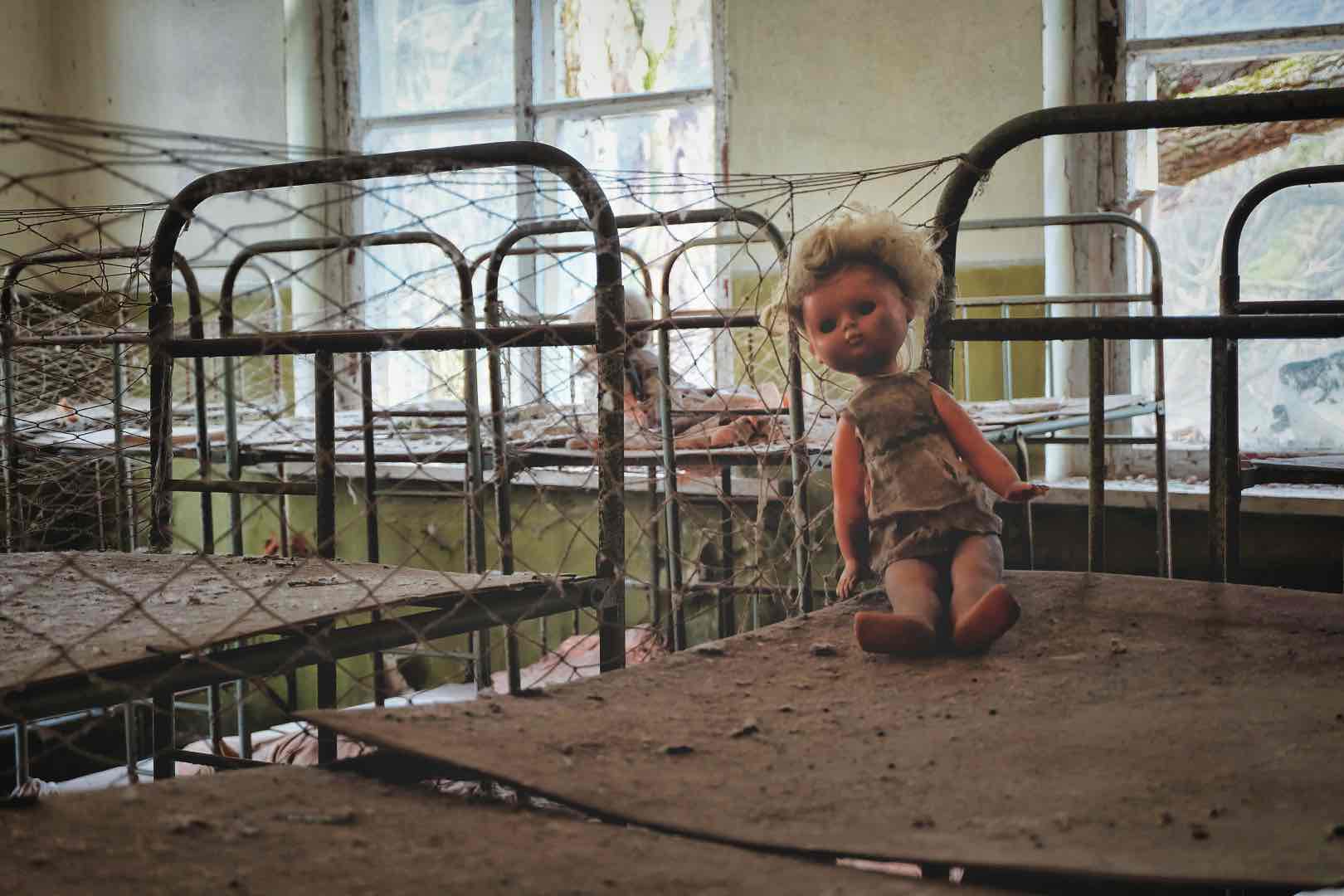
The spectrum of dark tourism stretches from light to dark, encapsulating a variety of sites and experiences. On the lighter end, it might include visiting historical battlefields or museums dedicated to specific events. The darker end, however, involves sites of genocide, atrocities, or natural disasters. This spectrum helps in understanding the diverse motivations and experiences of dark tourists, ranging from educational purposes and historical interest to a deeper, often personal connection with the events commemorated or remembered at these sites.
Recommended Dark Tourism Tours
Why is Dark Tourism so Popular?
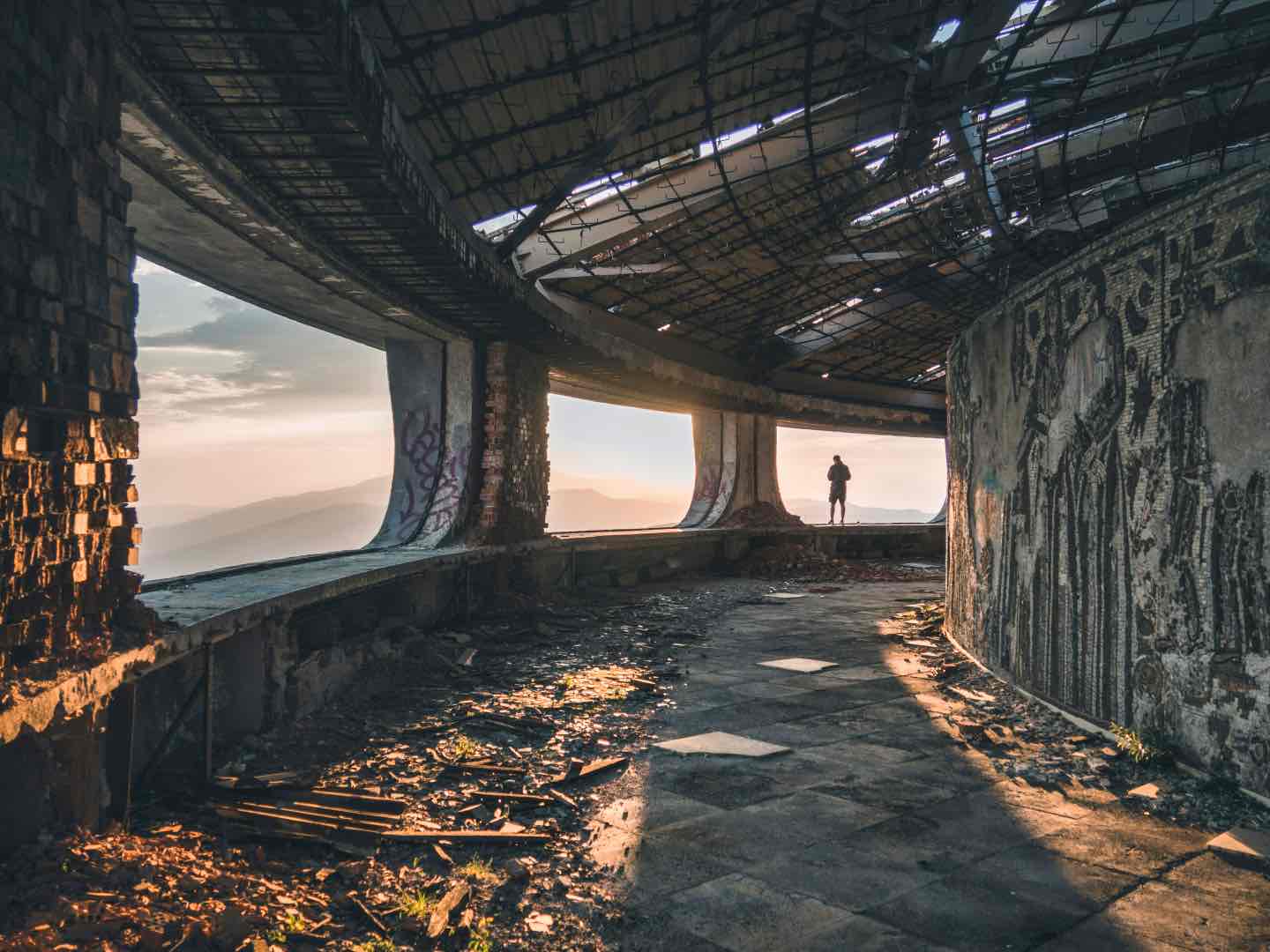
Types of Dark Tourism
Dark tourism manifests in various forms, each with its unique focus and appeal. Historical sites, such as battlefields or concentration camps, draw visitors interested in the historical and educational aspects. Places of natural disasters, like volcano sites, appeal to those intrigued by the power of nature and its impact on human communities. Sites of recent tragedies, such as Ground Zero in New York, attract those seeking to pay respects and understand contemporary historical events. Each type offers a different perspective on the darker aspects of human history and nature.
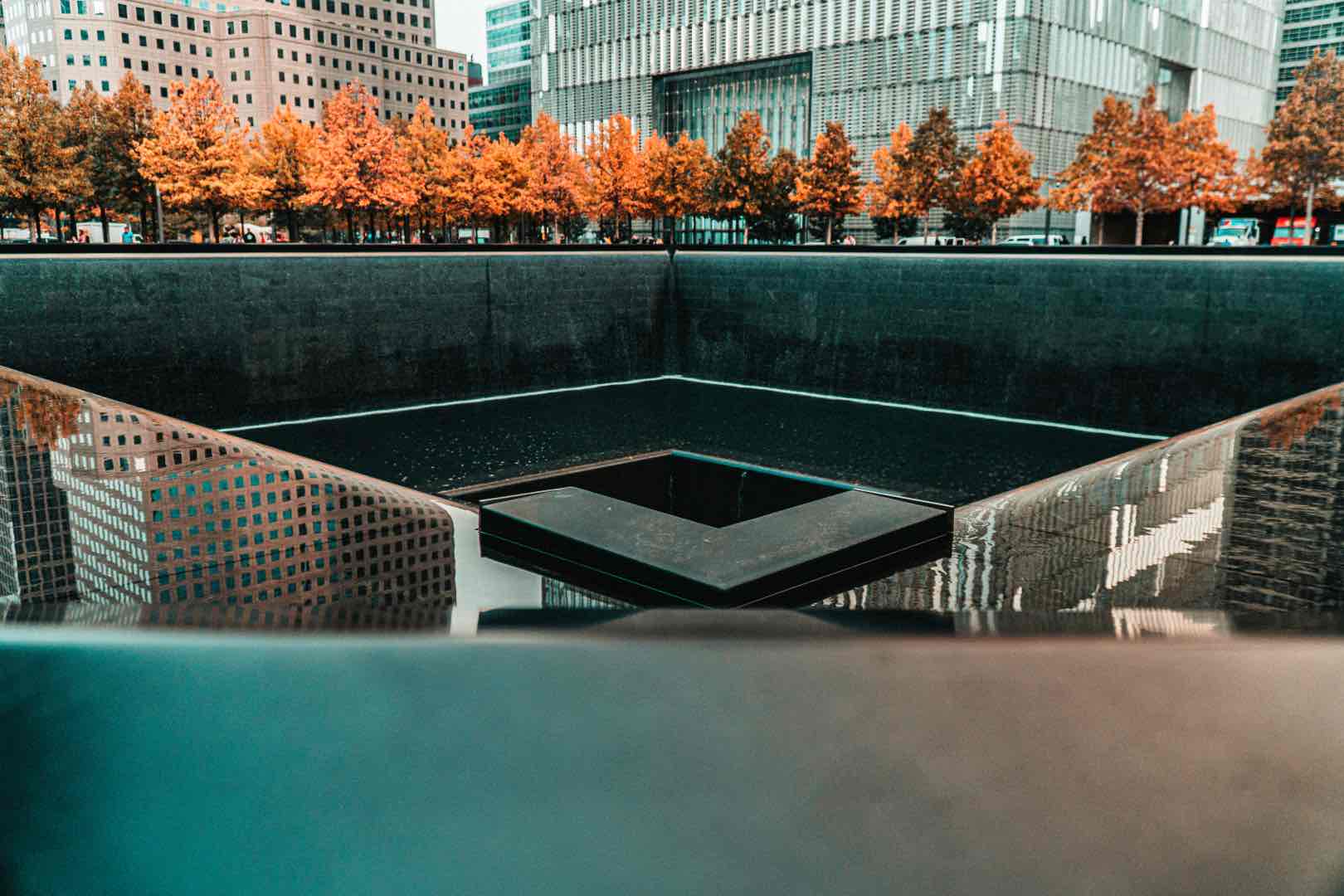
The Ethics of Dark Tourism
The ethics of dark tourism are a complex and often debated topic. It raises questions about respect, commodification, and the impact on local communities. Is it morally acceptable to visit sites of tragedy for tourism purposes? How do such visits affect those directly connected to these places? Responsible dark tourism should be approached with sensitivity, respect, and an educational intent, ensuring that it does not trivialize the experiences and memories associated with these sites.
Dark Tourism Destinations
Auschwitz, the infamous Nazi concentration and extermination camp, stands as a stark reminder of the horrors of the Holocaust. Visiting Auschwitz is not just a tour; it’s a profound experience of reflection and remembrance. It challenges visitors to confront the depths of human cruelty while paying homage to the victims of this unimaginable tragedy.
Chernobyl, the site of the catastrophic nuclear disaster in 1986, offers a haunting glimpse into a post-apocalyptic world. Tours to the Chernobyl Exclusion Zone reveal the scale of the disaster and its lasting impact on the environment and the lives of those affected.
Dark Tourism at Hiroshima
Hiroshima, known for the devastating atomic bombing in 1945, is now a place of peace and reflection. The Hiroshima Peace Memorial Park and Museum educate visitors about the horrors of nuclear warfare and advocate for peace and nuclear disarmament.
Dark Tourism at the 9/11 Memorial
The 9/11 Memorial in New York City pays tribute to the victims of the September 11 attacks. The site, encompassing where the Twin Towers once stood, serves as a poignant reminder of the day that changed the world and a space for reflection and remembrance.
Dark Tourism at the Killing Fields
The Killing Fields of Cambodia, where over a million people were brutally executed during the Khmer Rouge regime, offer a sobering look into one of the 20th century’s most brutal genocides. The site stands as a testament to the resilience of the human spirit in the face of unimaginable horror.
Dark Tourism at Bikini Atoll
Bikini Atoll, known for its nuclear testing by the United States in the mid-20th century, represents a different aspect of dark tourism. The site offers insights into the Cold War era and the devastating effects of nuclear testing on the environment and local populations.
Berlin‘s dark tourism attractions, including the Berlin Wall, Checkpoint Charlie, and the Holocaust Memorial, reflect the city’s turbulent history, particularly during the Cold War and the Nazi era. These sites offer a comprehensive look into the political and social upheavals that shaped the 20th century.
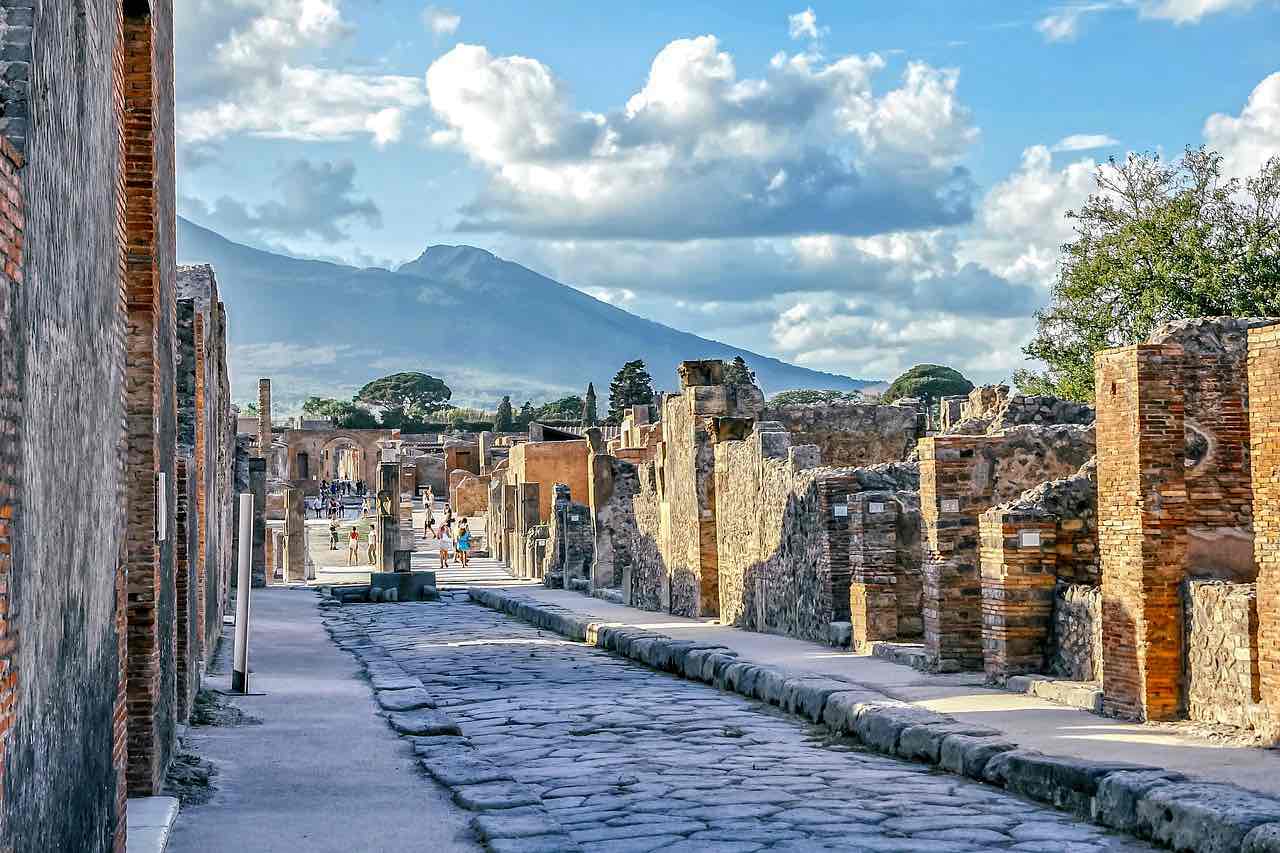
Other Dark Tourism Destinations
The Catacombs of Paris, France: An underground ossuary in Paris, holding the remains of over six million people in a small part of the ancient Mines of Paris tunnel network.
Rwanda Genocide Memorials, Rwanda: Various sites across Rwanda that commemorate the 1994 Rwandan Genocide, including the Kigali Genocide Memorial Centre.
Alcatraz Island, USA: The site of the infamous Alcatraz Federal Penitentiary, known for its notorious inmates and located in San Francisco Bay.
Pompeii, Italy: An ancient Roman city near Naples that was buried under volcanic ash and pumice following the eruption of Mount Vesuvius in 79 AD.
Robben Island, South Africa: Formerly a prison island where Nelson Mandela was incarcerated, now a museum and a symbol of the triumph of democracy and freedom over oppression.
The Tower of London, England: A historic castle on the north bank of the River Thames in central London, known for its history as a prison and execution site.
Ground Zero, USA: The site in New York City where the Twin Towers of the World Trade Center stood before the terrorist attacks on September 11, 2001.
Oradour-sur-Glane, France: The preserved ruins of a small French village, site of a massacre by German Waffen-SS soldiers during World War II.
Pripyat, Ukraine: The ghost town near the Chernobyl Nuclear Power Plant, abandoned following the Chernobyl disaster in 1986.
Aokigahara Forest, Japan: Also known as the Suicide Forest, located at the northwest base of Mount Fuji in Japan, it’s known for being a common site for suicides.
Ford Theater and Petersen House, USA: The theater where President Abraham Lincoln was assassinated and the house across the street where he died.
Anne Frank House, Netherlands: The house in Amsterdam where Anne Frank and her family hid from the Nazis during World War II, now a museum.
Salem, Massachusetts, USA: Known for the Salem witch trials, the town now has various museums and historical sites related to this period.
Gettysburg Battlefield, USA: The site of the Battle of Gettysburg during the American Civil War, now a national park with memorials and museums.
Tuol Sleng Genocide Museum, Cambodia: Formerly the S-21 Prison, a notorious prison used by the Khmer Rouge regime during its rule of terror.
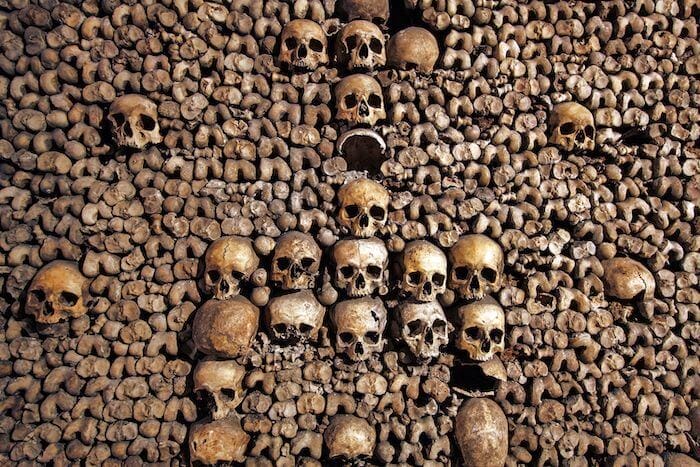
Recommended Dark Tourism Tours
Frequently Asked Questions (FAQs)
Dark tourism distinguishes itself by focusing on sites associated with death, tragedy, and disaster. Unlike traditional tourism, which often highlights beauty, culture, and relaxation, dark tourism provides a deeper, often more somber, perspective on history and humanity.
The ethics of dark tourism are nuanced and subjective. It can be ethical if approached with respect, sensitivity, and an educational purpose. However, it can become unethical if it exploits tragedy or disrespects the affected communities and victims.
Visitors to dark tourism sites should behave with utmost respect and sensitivity. This includes following local guidelines, being mindful of the site’s history and significance, and avoiding inappropriate behaviour such as taking disrespectful photographs.
Absolutely. Dark tourism often serves an educational purpose, providing insights into historical events, human nature, and the consequences of certain actions. It can be a powerful tool for learning and reflection.
Dark tourism can bring economic benefits to local communities and raise awareness about historical events and their ongoing impact. It can also play a role in memorializing and preserving important sites and stories for future generations.
Final Thoughts
“What is Dark Tourism?” is more than a simple query; it’s a doorway into understanding a complex and often misunderstood aspect of travel. Dark tourism, with its ethical considerations, diverse types and destinations, offers a unique lens through which we can view and comprehend our history, tragedies, and the human condition. As we continue to explore these sombre sites, it’s crucial to approach them with respect, sensitivity, and a desire to learn, ensuring that the lessons of the past are not forgotten in the shadows. 💀
Add us to your socials!
Thank you for reading!
Related articles: Travel Guides Europe , Solo Travel
Recommended websites: Visit Europe , About Dark Tourism

Nick Harvey
Save this post (pin it)
Share this post
More Articles
Note: This post contains affiliate links. When you make a purchase using one of these affiliate links, we get paid a small commission at no extra cost to you.

